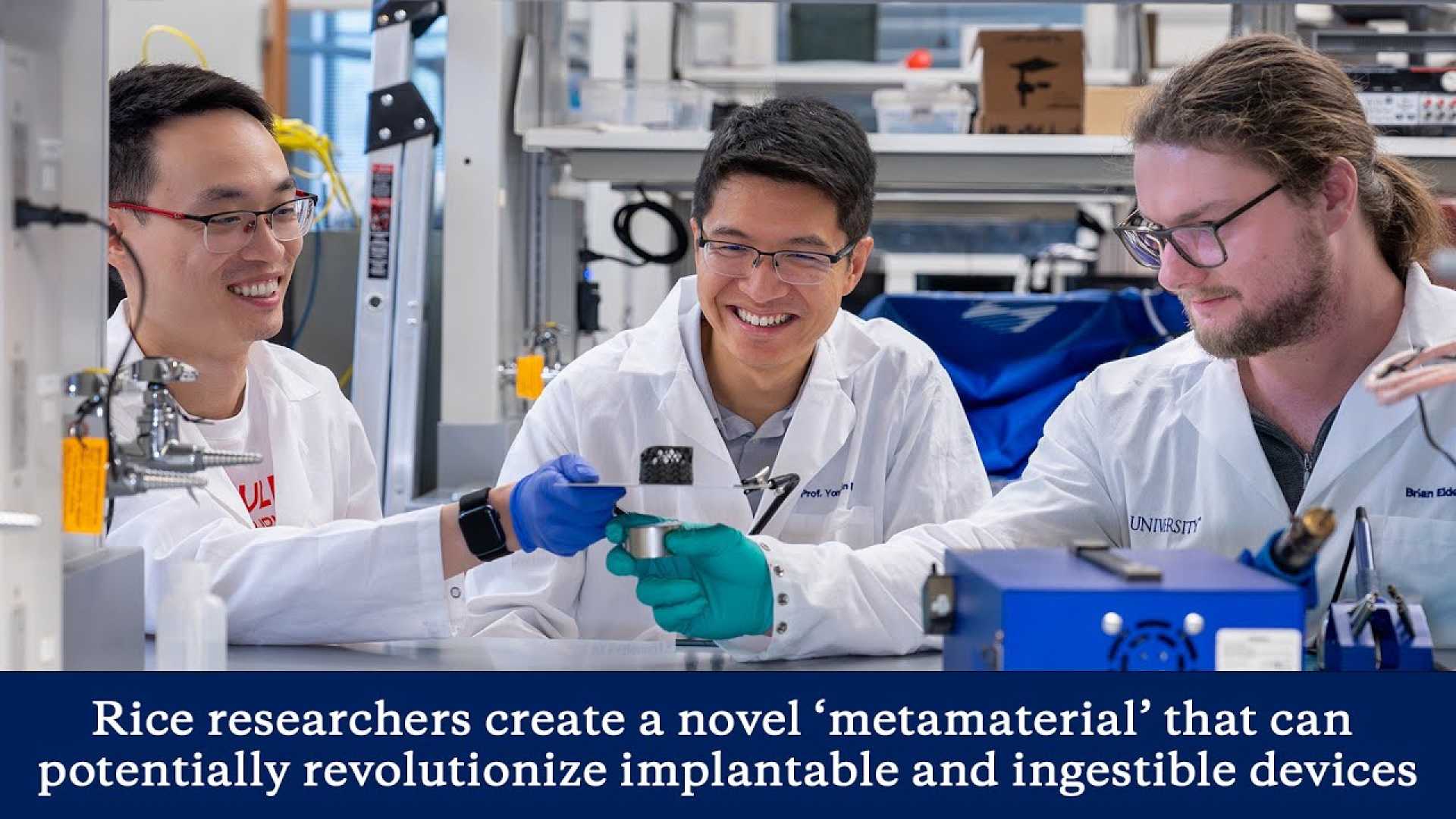Health
Rice Scientists Create Shape-Shifting Metamaterial for Medical Devices

Houston, Texas – Researchers at Rice University have developed a soft yet durable metamaterial that can be controlled remotely to change its size and shape rapidly. This breakthrough, detailed in the journal Science Advances, offers promising advancements for ingestible and implantable medical devices.
The metamaterial, created by Yong Lin Kong and his team, showcases a unique blend of stability and deformability, a feat not previously achieved in soft structures. It can endure compressive loads exceeding ten times its weight and maintain performance well beyond typical physiological conditions.
“We programmed multistability into the soft structure by incorporating geometric features like trapezoidal segments and supporting beams,” said Kong, an assistant professor at Rice’s George R. Brown School of Engineering. “These elements lock the structure into its new shape once the external force is removed.” This capability addresses crucial medical safety concerns associated with traditional rigid devices.
The research team employed 3D printing to create molds that form interconnected microarchitectures. This design allows swift transitions between ‘open’ and ‘closed’ states, with the material retaining its configuration even when the magnetic field is disengaged.
The metamaterial’s soft architecture helps reduce risks such as gastric ulcers and puncture wounds, which are common with rigid components used in devices. It facilitates controlled drug delivery and application of mechanical forces within the body.
<p"The metamaterial enables remote size and shape control of devices inside the body, potentially aiding in targeted medication delivery and precise control over device positioning," Kong stated.
Looking ahead, the team aims to leverage this metamaterial for systems that could address obesity in humans or enhance the health of marine mammals. They are collaborating with surgeons at the Texas Medical Center to create wireless fluidic control systems addressing unmet clinical needs.
The study’s first author, Taylor Greenwood, has since begun a faculty position at Brigham Young University. Other contributors include graduate students Brian Elder and Jared Anklam, along with postdoctoral researchers Jian Teng and Saebom Lee.












